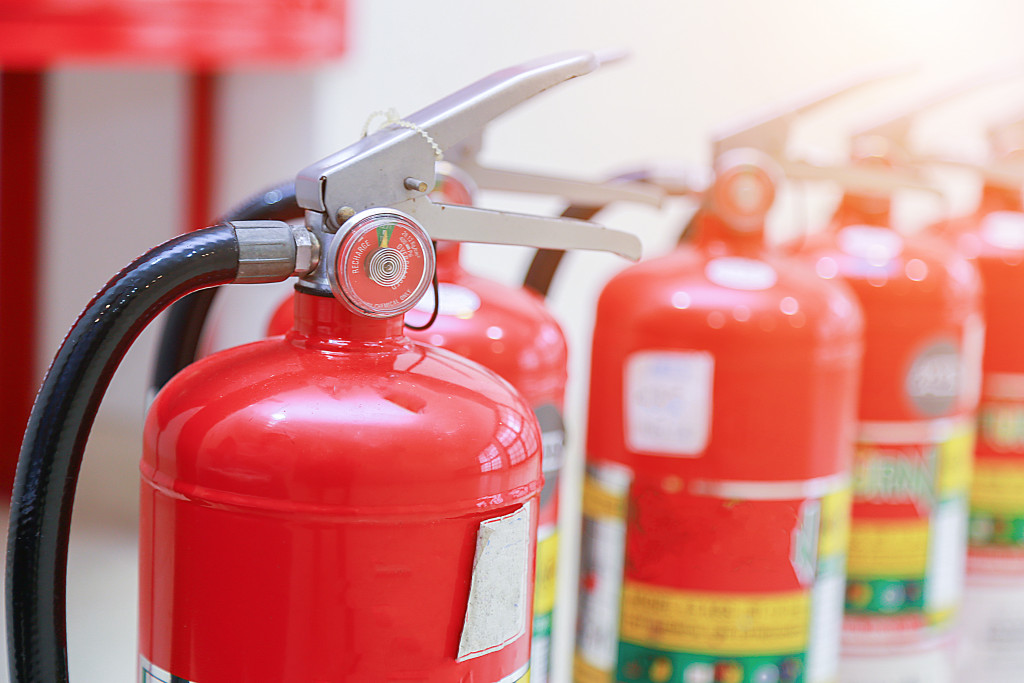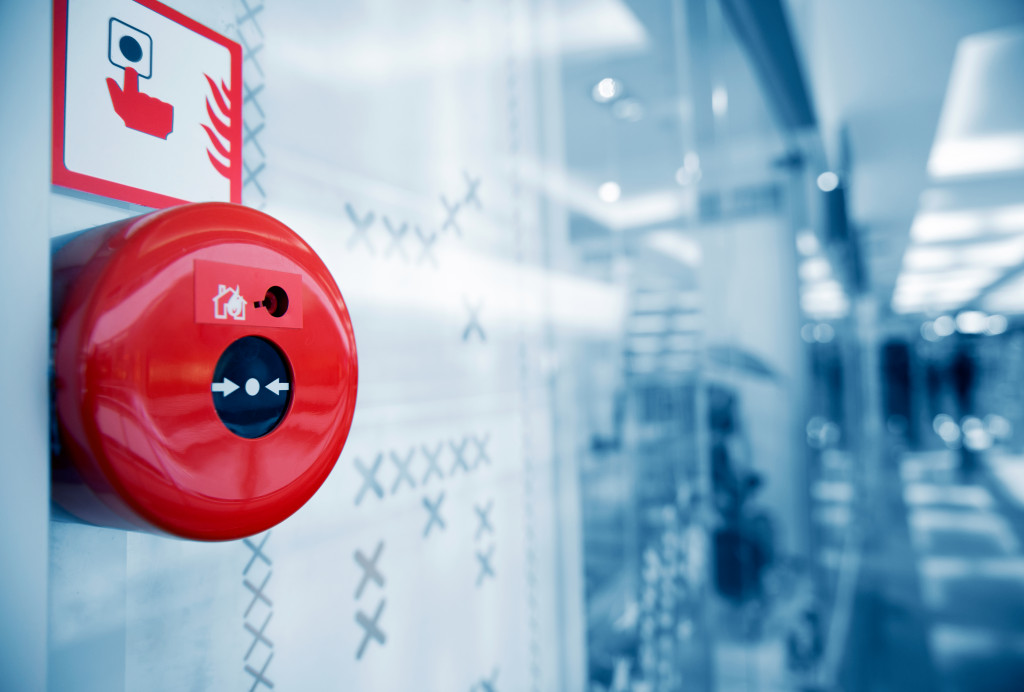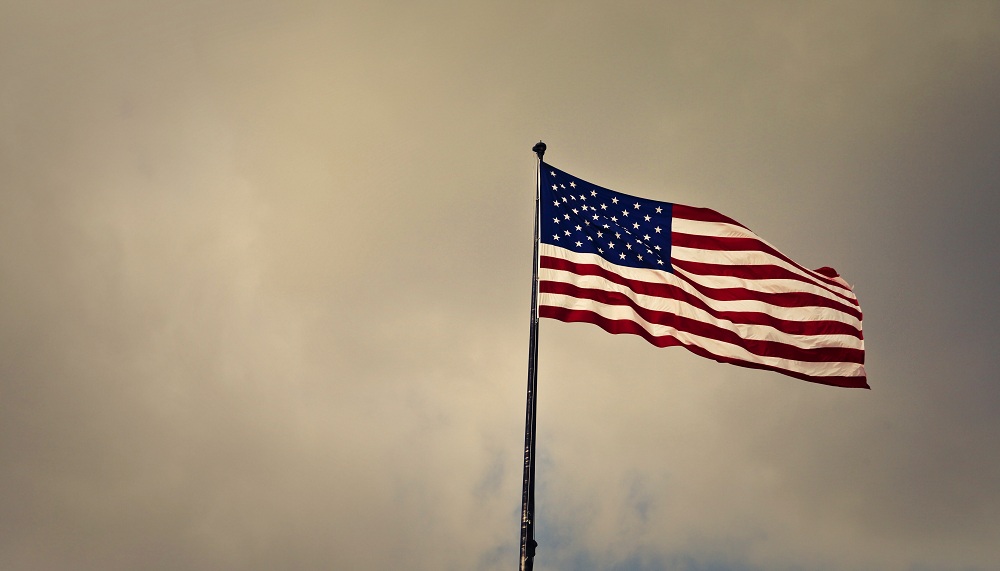A building’s safety compliance is of utmost importance to ensure the well-being of its occupants. There are a variety of best practices that can be implemented to maintain compliance with the safety requirements of the National Fire Protection Association (NFPA). The Occupational Safety and Health Administration (OSHA) likewise has fire safety standards. This article will explore some of them.
Fire Detection and Alarm Systems
Your building must have fire detection and an appropriate alarm system for its size and use. These should be regularly tested and maintained to ensure that they are working correctly.
The fire detection and alarm system must be integrated with the building’s security system and cameras. That will make it easier to locate the fire. Both systems must be connected to the Fire Department, so they are automatically notified in case of a fire.
Fire Doors
A fire door keeps a fire from spreading. Fire doors should be made of solid material and have a self-closing mechanism. They should be kept closed except when people are passing through them.
These doors must be marked appropriately throughout the building and fit snugly in their frames. They should be equipped with self-closing devices and never be blocked open.
Fire Sprinklers
Fire sprinklers are one of the most critical components of a fire safety system. They are required in all commercial buildings.
The type of fire sprinkler system you need depends on the size and use of your building. These are typically either wet pipe, dry pipe, pre-action, or deluge systems.
Wet pipe systems are the most common. They have water in the pipes at all times. Dry pipe systems have pressurized air in the pipes. The air keeps the water from flowing until a fire is detected. Pre-action systems are a combination of wet and dry systems. Deluge systems are used in areas where many flammable materials are stored.
Fire Extinguishers
Your building must have adequate fire extinguishers. They must be sized appropriately for the type of fire they will be used on. They should be placed in strategic locations throughout the building to easily be accessed in case of a fire.
All employees should know how to use fire extinguishers. These should be regularly inspected and serviced to ensure they are in good working condition.
Emergency Lighting
Emergency lighting is required to automatically turn on in case the power goes out and the regular lights stop working. They should be bright enough to allow people to see where they are going.
The emergency lights should be located in all stairwells and exit routes. Long dark corridors must also have emergency lights.

Emergency Access & Evacuation Routes
Your building must have adequate emergency exits. All exit doors should be clearly marked and wide enough to accommodate the number of people using them. They should be located so that people can easily get out of the building in case of a fire.
All emergency exits should be well lit. They must also have emergency lights.
Exit signs should be placed above all doors that lead to an exit. Emergency exit routes should be clearly marked with signs.
People should be able to evacuate the building quickly and safely. That means there should be no obstacles in the way of the exits. All emergency exits should be clear of debris and easily accessible.
Fire Safety Plan
Developing a comprehensive fire safety plan is a critical part of compliance. The plan should be specific to your building and take into account its size, layout, and use. It should include emergency evacuation routes and procedures, as well as where people should go in case of a fire. It must also include guidelines for how to handle different types of fires.
The fire safety plan must be well-documented and easy to follow. All employees should be familiar with the plan and know what their role is in case of an emergency.
All building occupants should be properly trained on the plan and be familiar with the evacuation routes. Fire drills should be conducted regularly to ensure that everyone is prepared in the event of an emergency and knows what to do in case of a fire.
First Aid Kits
Your building should have first aid kits located in strategic locations. The kits should be properly stocked and regularly inspected. They should be easily accessible in case of an emergency.
Building Maintenance
Proper building maintenance is essential to fire safety. All electrical and gas lines should be properly maintained. Heating and cooling systems should be regularly inspected and serviced.
All combustible materials should be removed from the premises. This includes paper, cardboard, and other flammable materials.
Building owners and managers should regularly inspect the premises to ensure that all fire safety equipment is in good working condition and that there are no potential fire hazards.
Keep Your Building Compliant and Safe
Safety compliance is essential to the well-being of your building’s occupants. There are many best practices that can be implemented to ensure compliance with fire safety regulations. These include having an appropriate fire detection and alarm system, maintaining emergency exits and routes, having adequate fire extinguishers, and having a comprehensive fire safety plan. Implementing these best practices will help to keep your building safe and compliant.



